T1D Guide
T1D Strong News
Personal Stories
Resources
T1D Misdiagnosis
T1D Early Detection
Research/Clinical Trials
Why More Families Are Screening Their Children for Type 1 Diabetes—Two Stories with Different Outcomes
We know type 1 diabetes has a genetic component, with siblings having a 15 times higher risk. We also know that early detection can prevent dangerous emergencies and that screening opens the door to preventive trials. The question remains, why isn’t type 1 screening standard practice for kids at risk?

T1D and Genetics
While the overall population risk for type 1 diabetes (T1D) is about one in three hundred, studies show that causes of T1D involve environmental triggers and a predisposition that can be inherited from family members.
Early Detection and The Three Stages of T1D
Type 1 diabetes has three stages, which can be determined years before symptoms appear. Screening identifies islet autoantibodies, which signal that the immune system is attacking insulin-producing cells.
Most children who develop T1D are diagnosed with diabetes ketoacidosis (DKA), a life-threatening condition that may cause coma or death if left untreated. Recent studies show that 40% of U.S. children develop DKA at diagnosis.
T1D Strong spoke with two families about their decision to screen. Both had different outcomes, but no regrets.
The Valentine Family - Leo and Lucca
Lauren Valentine’s son Leo was diagnosed with type 1 at age four in November 2020, during the pandemic. “We noticed him wanting to eat more, and he was irritable, but when he started drinking excessively and going to the bathroom a lot, we noticed the red flags.”
“At the same time, our older son, Lucca, had a tonsillectomy, so we were dealing with that, but when Leo grew lethargic and just wanted to sleep, we took him to the doctor, and then the nearest children’s hospital,” said Lauren. “I couldn’t go into the ambulance with him; it was very traumatic. We were completely blindsided, and everything was heightened because it was COVID.”
“I had huge mom guilt. I felt I should have known what to look for,” Lauren added. “And then I got really angry. Why wasn’t I educated on this? Obviously, now I know that wasn’t going to change the trajectory either way, but just the traumatic experience that we had—his body was shutting down, he spent 24 hours in the ICU – he was in really bad shape, and it could have been avoided.”
.jpg)
Why Don’t Pediatricians Screen?
The question of why pediatricians don’t test for type 1 is becoming increasingly debated in the medical community. Currently, no major medical organizations (like the American Academy of Pediatrics or the American Diabetes Association (ADA)) recommend routine screening for all children. T1D screening is considered ‘research-based’ or ‘optional for high-risk families,’ but even the threat to high-risk family members is overlooked.
Lauren said that she felt a full storm of emotions, guilt, anger, and frustration, followed by a “Crash course on how to keep your child alive.”
Unfortunately, most parents are still in shock, reeling from the diagnosis, unable to fully grasp the nuances of how to treat the disease when they are trained in diabetes management.
After the dust settled, Lauren’s family immediately got involved in Breakthrough T1D (formerly JDRF) and social media groups. “I’ve connected to so many families, leaning on other people who have gone through it. Parents who live this 24/7 really understand.” Also, Lauren listened to podcasts. “Juicebox Podcast got us through our first year.”
A Decision to Screen for Type 1
Lauren and her husband agreed on testing their other children and themselves. “We both wanted to know how this happened. I’ve always known my family history, and type 1 was never on my side nor my husband’s.”
“There was really no question to screen; we wanted answers. We had another child, and the fact that it was not going to change the outcome of things, but it can definitely change the path, because, for sure, if we knew what to look for, that would have saved us the traumatic experience. He was very close to a diabetic coma. We almost lost our son over something that could have been so simple.”
We’re all going to do this together.
The Valentines explained to Leo’s older sibling, Lucca, who is 12 now, that they were all testing. “We said, we’re going to do it together. It was a little distressing for him, but he’s an amazing kid, and a really good big brother, so he knew the bigger picture.”
They ordered a free TrialNet test kit and completed the screening at home. “I thought being in our home environment would be more comfortable,” said Lauren. “We watched a video that explained the process. We told him that scientists would look at the results. He had questions like, ‘What if I have it too?’ And we said, ‘If you do, you do, we have the tools to take care of you.’ It was a good learning process.”
The results came back in about eight weeks. “It felt like the longest time. None of them —Lauren, her husband, or her son Lucca — had autoantibodies. Lucca is now eligible for retesting. “We just received an email from TrialNet to order another testing kit or go to a lab.”
“We’ll retest for sure just for that peace of mind,” said Lauren. “Again, I don’t think I could sleep at night, just knowing we could have done that. Also, we’re just in a much better place now, we’re more educated.”
Advice to Families Considering Testing
Everyone has their reasons to test or not to test, but Lauren said, “If you’re on the fence, it just gives you peace of mind to know. I think that’s the least we can do for our kids. Because if I could have saved that one week—the ambulance ride, the ICU. If I had known it was something as simple as a screening, it wouldn’t have made things so incredibly scary.”

“I think the trauma and the guilt—there’s so much coming at you,” said Lauren. “You’re just thrown into it, like you’re thrown off a bus, but if you have that preparation and education from the initial screening—that just changes everything.”
Monitoring and Prevention
Early detection through screening enables families and doctors to monitor blood glucose levels and intervene when needed. Additionally, screening allows families to consider preventive therapies that weren’t available 10 years ago. Some therapies, like Tzield (teplizumab), can delay the onset of T1D by two to three years, giving more time without insulin therapy and fewer long-term complications.
Another Family with Different Results
Maggie’s family from Colorado had no family history of type 1, but they did have a history of celiac disease. When her oldest daughter with type 1 developed celiac at a young age, Maggie’s radar went up to watch for both conditions in her other children, knowing they were all at an elevated risk.
For the article, Maggie wished to remain anonymous, so the names have been changed. The family’s oldest daughter, Rose, now 15, has T1D and celiac. She developed type 1 as a toddler at age two. “She was not in DKA, but her blood sugar was 800,” said Maggie. “We dodged a bullet, as she was probably hours away from DKA. We noticed heavier night diapers and weird behavioral issues, such as grabbing drinks out of our hands.”
Maggie and her husband were dealing with a newborn at the time. “We did go into the pediatrician’s office expecting that diagnosis. Within a few months, she was on a CGM. Our endo didn’t bring up CGMs or pumps. I will always be grateful to the parents on Facebook for their advice to get her on a CGM asap. Toddlers can’t tell you when they feel low.”
Within two months, Rose had a CGM, then 5 months later, a pump.
Screening Through TrialNet
My husband and I were tested through TrialNet, and we were both negative. Then, when my other children were old enough, it wasn’t even a question that we wouldn’t test, especially since my daughter was diagnosed so young—it was such a challenging, scary experience, I didn’t want another kid that close to a medical catastrophe – if we could avoid it.”

TrialNet guidelines state children can be screened if they are between the ages of 2 and 45 and have a sibling, parent, or child with type 1 diabetes, or between 2 and 20 with a more distant relative with the condition.
Maggie’s middle child, William, who is 13, does not have autoantibodies, but their youngest son, Scott, who is 10, tested positive for three autoantibodies.
Early Screening is Key
“With our boys, we started testing them at age two, and then my youngest son, we tested him at age three, after learning he was autoantibody positive. “During the first years, we went to a lab for an intravenous blood draw. Now, for their middle son, TrialNet mails a finger-prick kit to the house to mail back.
The Emotions of It All
“I don’t recall having any hesitation with testing,” said Maggie. “It was something that we were definitely going to do. I will say it was pretty shocking when we got the call. We had been doing the testing for about five years before receiving the positive result.”
“We were concerned at the time that he might be diagnosed immediately with type 1, but that didn’t happen,” Maggie said. “One researcher told us that if a sibling was diagnosed at a really young age or tested positive for the autoantibodies at a really young age, they progressed faster than other autoantibody-positive kids. So for the first couple of years after the positive result, we were concerned, but he still hasn’t tested positive for type 1. He’s 10 now. It’s been seven years.”
Scott has been in one clinical trial that they just pulled the plug on. “The intervention wasn’t effective in delaying T1D,” said Maggie. “There’s kind of a question with Tzield about whether he’s eligible for it yet. Because he has three autoantibody-positive results, there’s a criterion for when to do Tzield. I have heard antidotally that some parents kind of push the envelope and try to start it as early as possible.”
“I’ve also talked to other researchers, who’ve said, “No, don’t do that—you actually want to wait. It’s most effective when you hit these markers during type 1 development. So I think we’ll hold off until there are more indicators that he’s actually becoming type 1. Also, I want him to be a part of that conversation.”

Advice to other parents
In my view, it’s better to know so you can access inventions like Tzield and test your kid's blood sugar when they're sick or acting differently,” said Maggie. “I’m really glad to have the information. I do understand that some people may see our journey as causing more anxiety, but that really hasn’t been the case.”
Maggie admitted that she was in panic mode for a few weeks after receiving the positive results on her second child, but she’s now glad to have the information. “We’ve had years of knowledge and experience. And our son is aware that he is autoantibody-positive, so he probably pays more attention to what his sister does to manage her diabetes; he’s more knowledgeable about diabetes than a 10-year-old would be. So I think it’s been valuable from that perspective.”
“The TrialNet Facebook group has been a really good resource,” said Maggie. “I find it easier to manage by gathering as much complex data as possible, and that group has really knowledgeable parents who have read studies and post their takeaways. It’s really cutting-edge from an IT research perspective, and it's interesting to watch the science develop in real time and how it may be used to delay my son’s path to developing type 1.”
The ASK Research Program
Since Maggie’s family lives in Colorado, they also tested the children through the Autoimmunity Screening for Kids (ASK) program, which tests for T1D and celiac disease. “With ASK, we didn’t have to run it through insurance every year; it’s free.”
The ASK program offers screening at no cost to all US children (ages one through 17) and adults to detect type 1 diabetes and celiac disease.
Maggie also added that they diagnosed their type 1 daughter with celiac when her blood sugar became very difficult to control, with low blood sugars that took hours to rise. “It’s an early sign of celiac. A CGM pattern that will drive you crazy.”
To learn more about early detection, see T1D Strong writer Ginger Vieira’s piece, “I Tested My Children AGAIN for Type 1 Diabetes Autoantibodies — Here’s Why.”
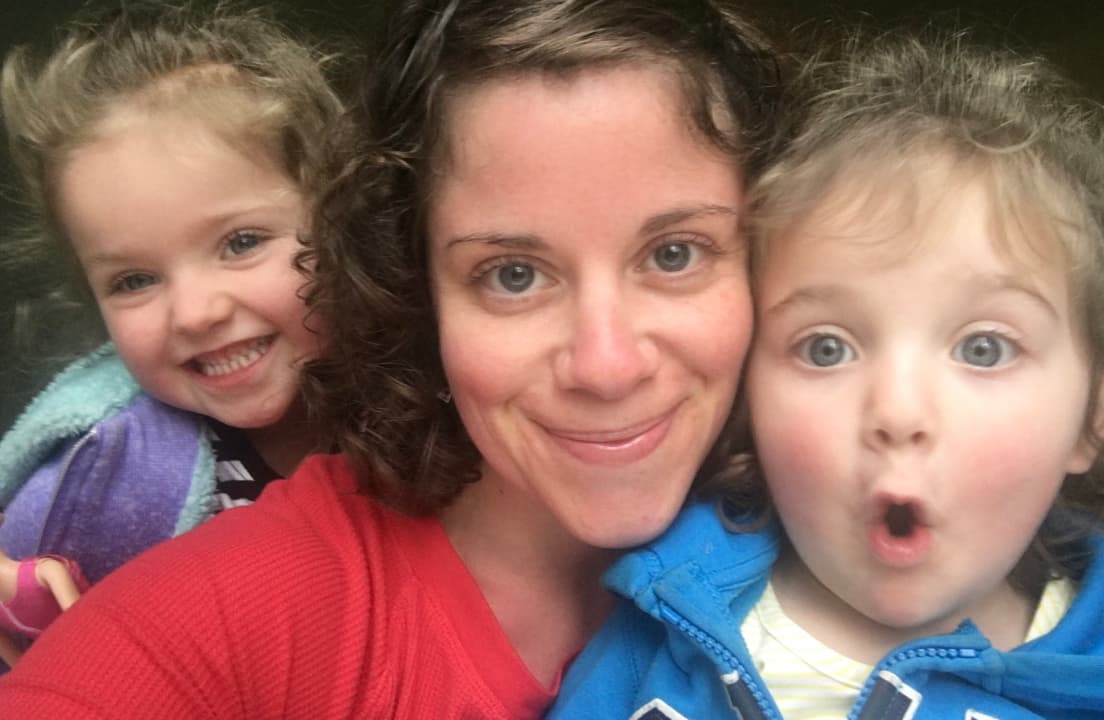
Knowledge Empowers Families
Follow-up testing and education allow parents to spot symptoms early, reducing the chances of a traumatic emergency room visit or hospitalization. Even when you know the symptoms, they can come on more quickly than you realize and be very serious. Early awareness allows families to prepare emotionally and financially.
For many families, instead of living in the fear of ‘what if’, it transforms this anxiety into proactive management. What's more, it provides researchers with important data for ongoing studies, helping the T1D community move closer to prevention and a practical cure.


.webp)





.webp)
.jpg)


.jpeg)
.jpg)


.jpg)
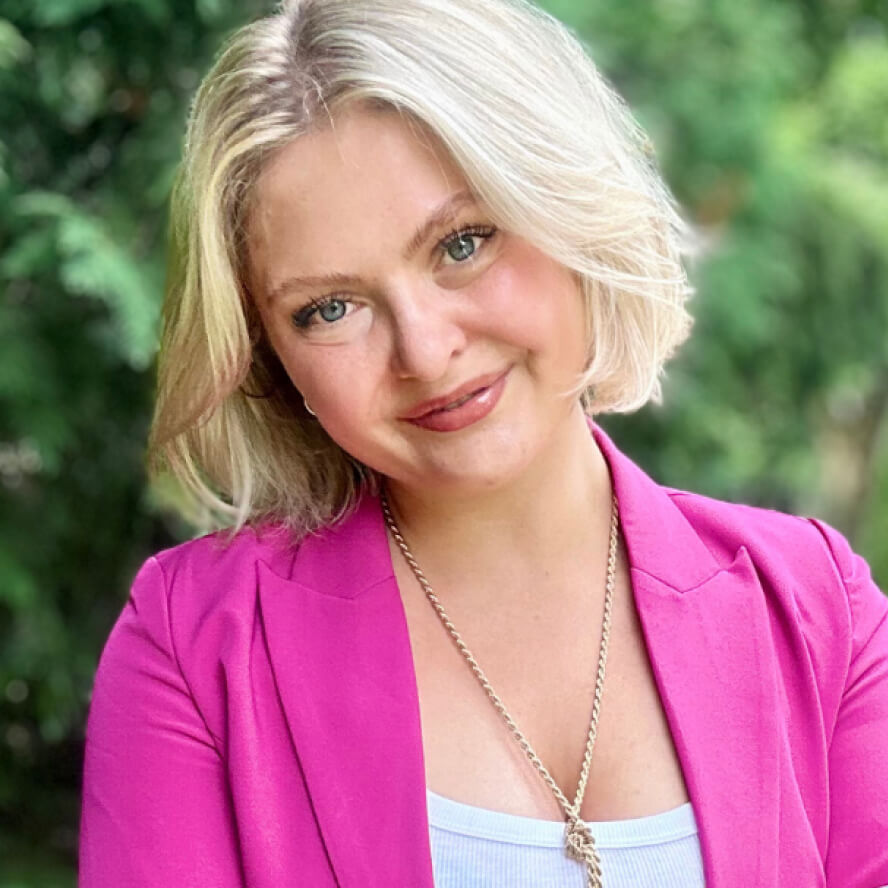
.jpg)

.jpg)

.jpg)
.jpg)

.jpg)
.jpg)
.jpg)
.jpg)

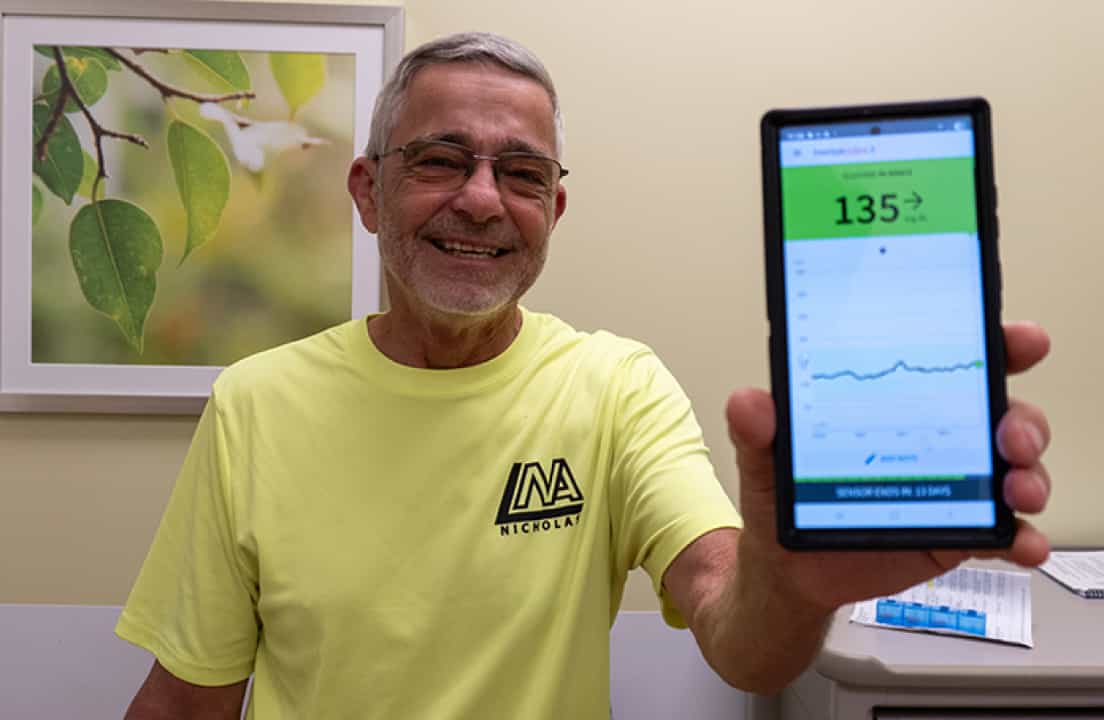

.jpg)
.jpg)
.jpg)
.jpg)
.jpg)
.jpg)
.jpg)

.jpg)
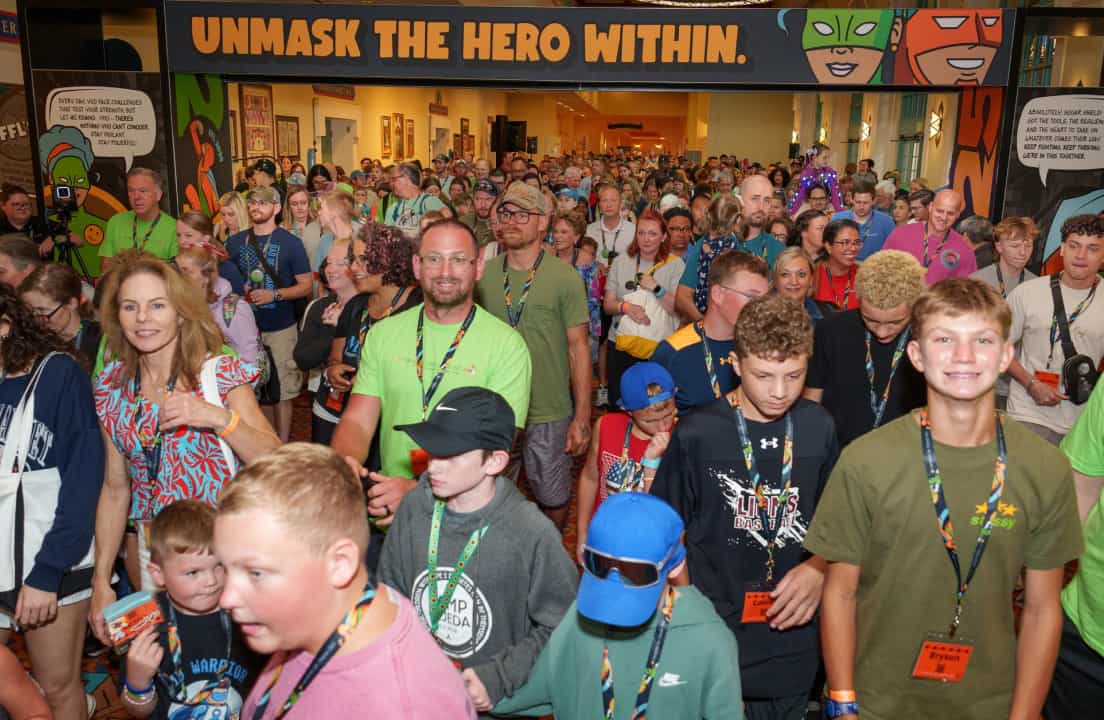
.jpg)
.jpg)
.jpg)
.jpg)
.jpg)
.jpg)
.jpg)
.jpg)

.jpg)
.jpg)


.jpg)
.jpg)
.jpg)

.jpg)
.jpg)


.jpg)

.jpg)
.jpg)
.jpg)




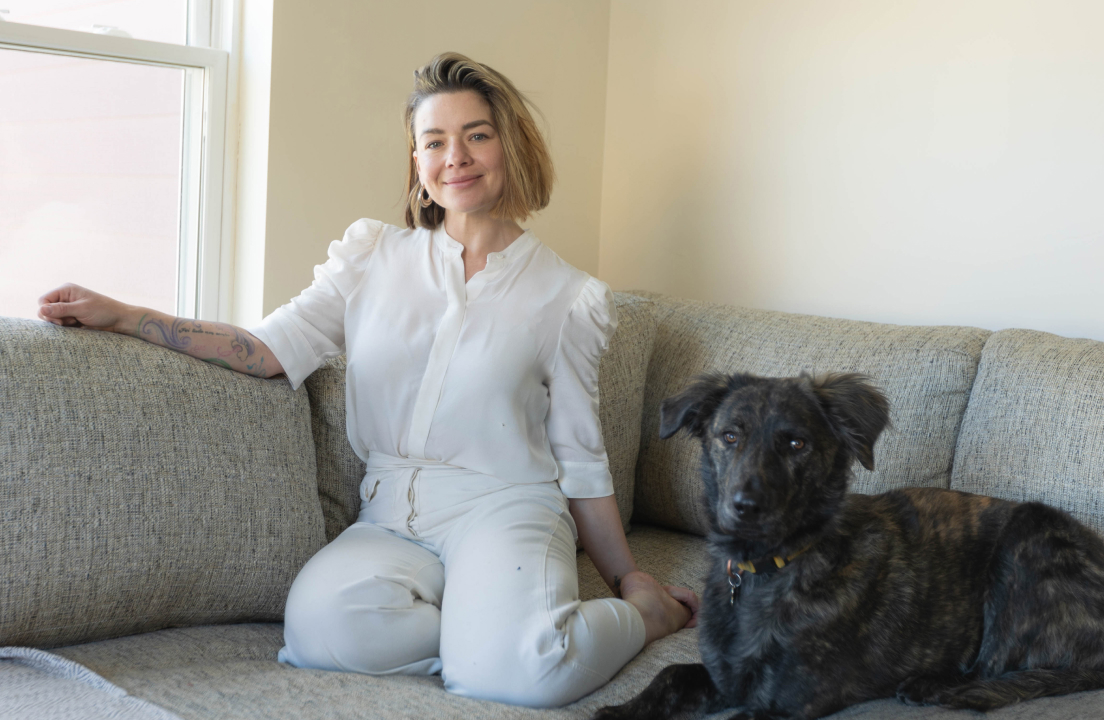















.jpg)



.jpg)


















.webp)








.webp)